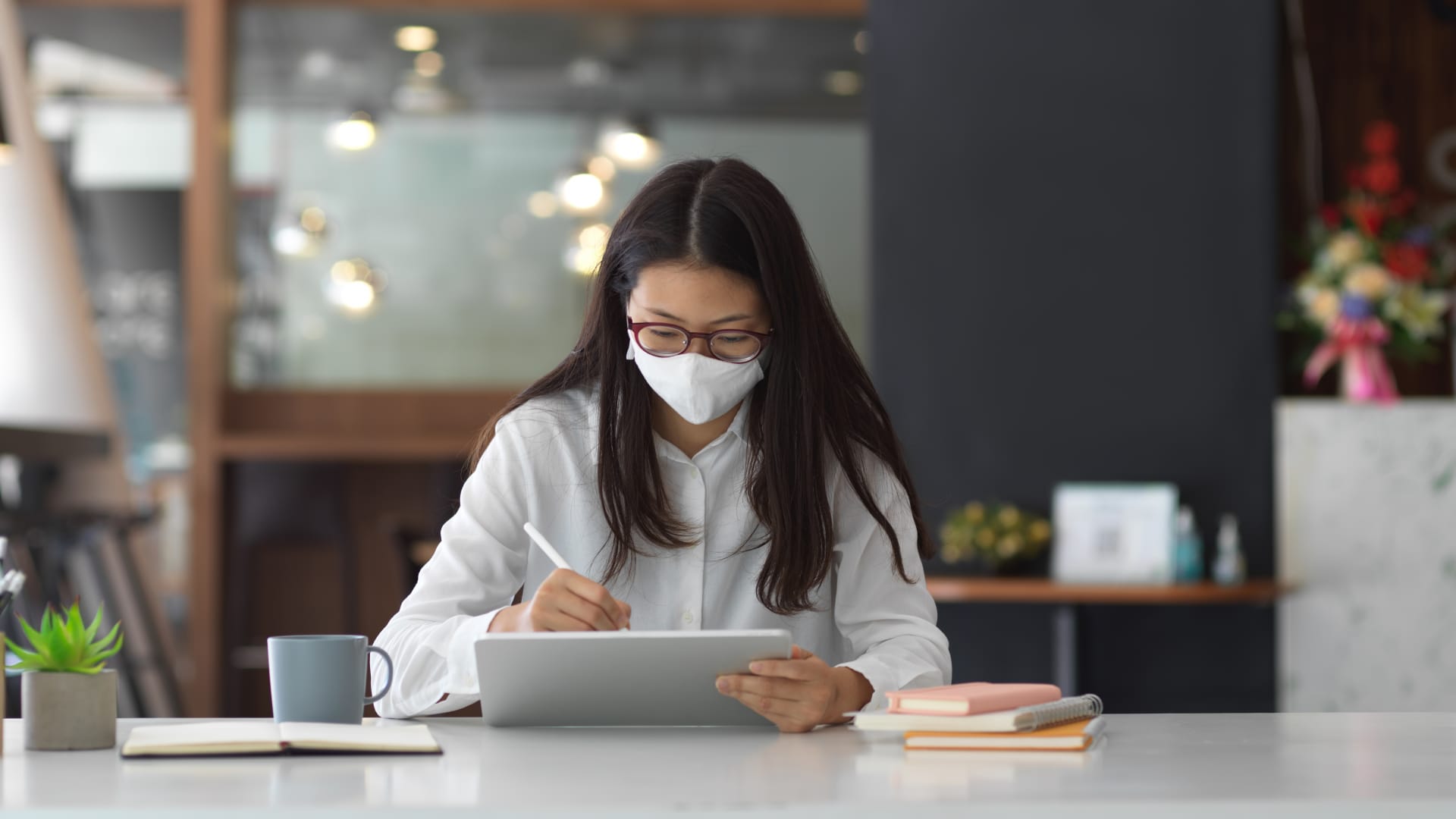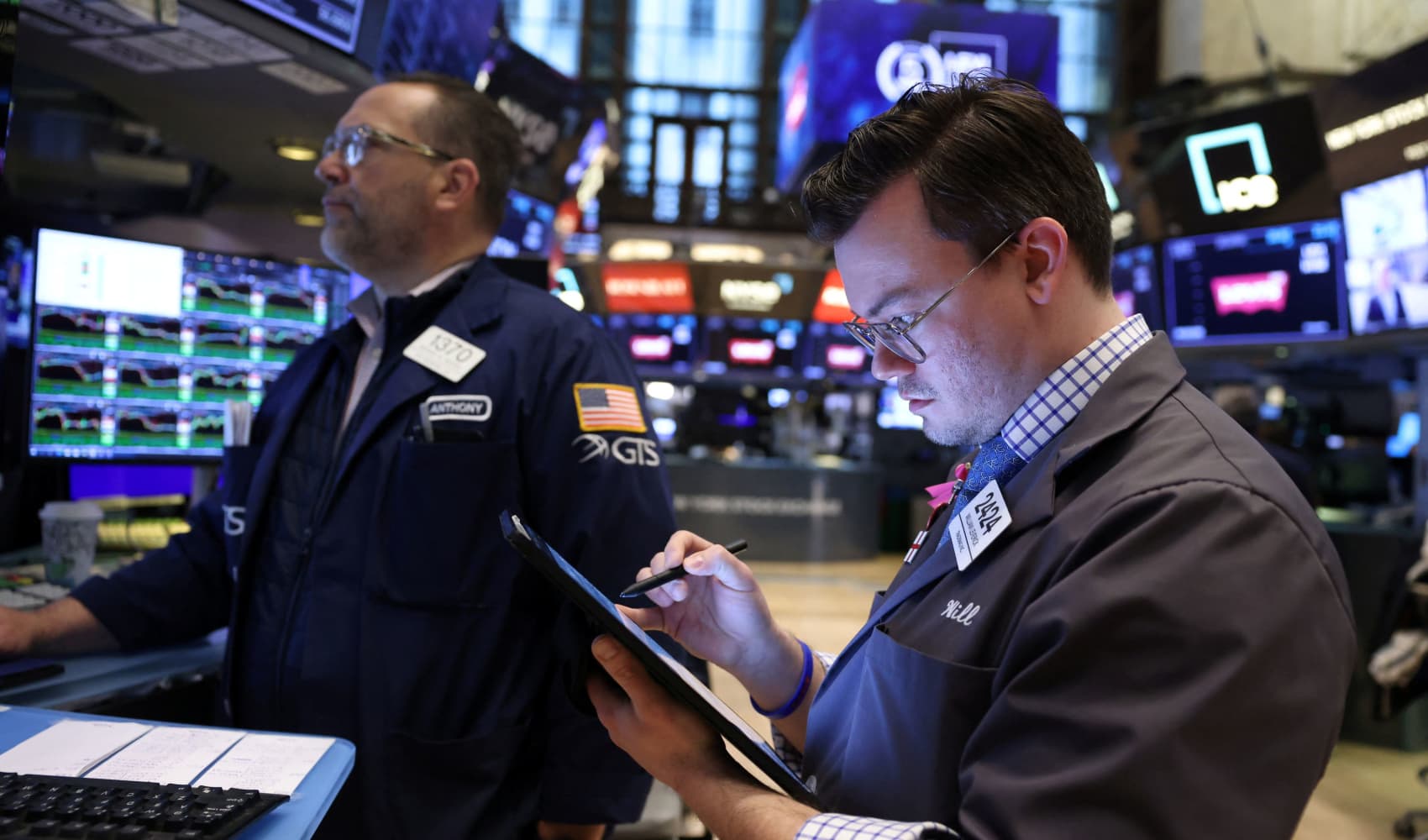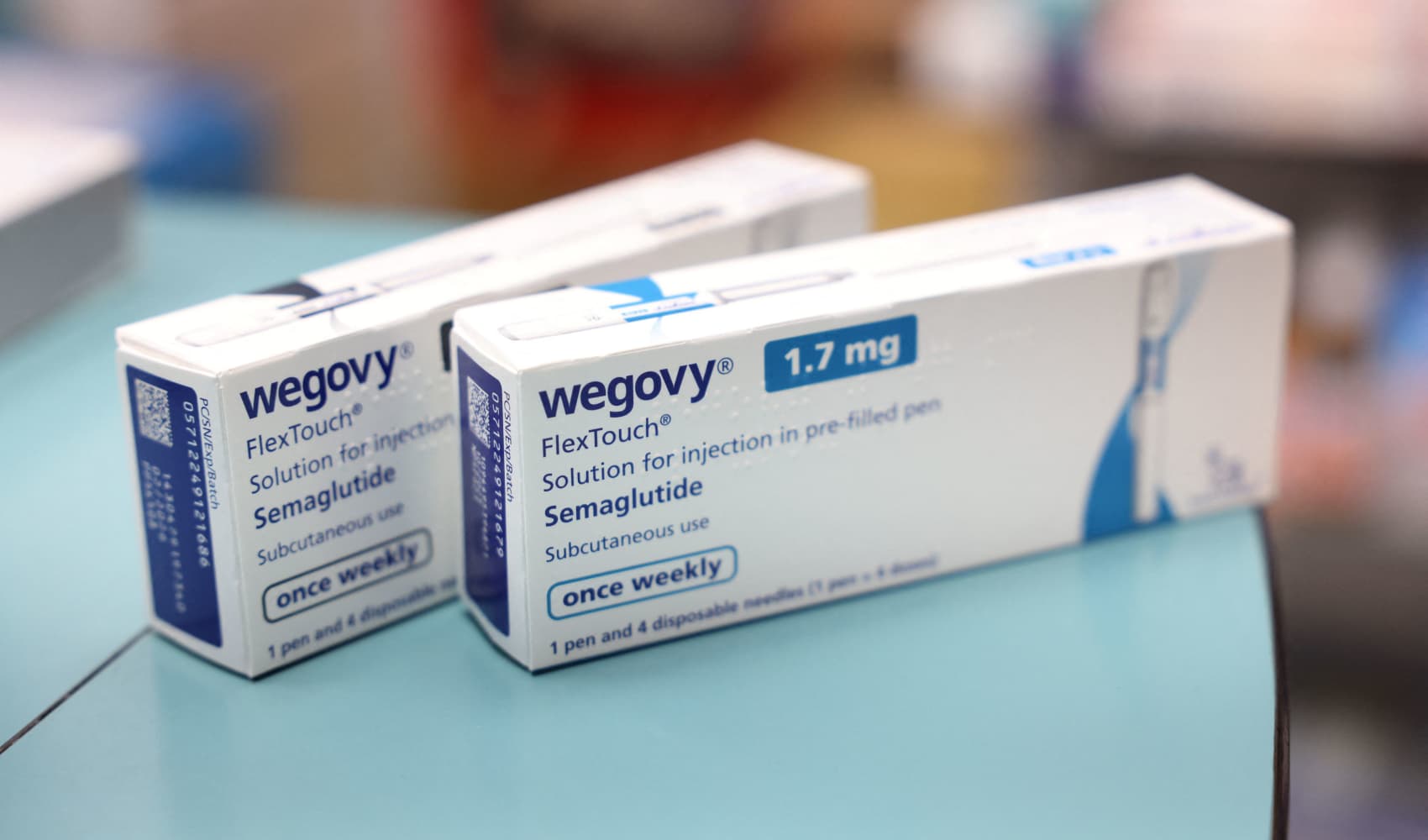
March 9 marks Asian American and Pacific Islander Women's Equal Pay Day, meaning that the average AAPI woman has to work an additional three months into the new year to make the same pay white men earned in 2020.
Asian American and Pacific Islander women in the U.S. are typically paid just $0.85 for every dollar paid to white men, leading to a loss of $833 every month, $10,000 every year and $400,000 over the span of a 40-year career, according to the National Women's Law Center. While AAPI women are perceived to have the smallest gender pay gap of any racial group of women, it's important to note that the pay gap varies widely among different AAPI communities.
For example, Burmese women make an average of just $0.52 for every dollar paid to white men, while Japanese women are paid an average of $0.95 for every dollar paid to white men. This means that the average pay gap figure that is touted for AAPI women does not fully explain the pay disparity some Asian American communities face.

Get Connecticut local news, weather forecasts and entertainment stories to your inbox. Sign up for NBC Connecticut newsletters.
"Employment and economic status among members of the AAPI community [are] far from uniform," Robin Bleiweis, research associate for women's economic security at the Center for American Progress writes in a blog post. "While some AAPI subpopulations are heavily concentrated in higher-wage professional and management occupations, others are heavily concentrated in lower-wage service occupations."
Today, more than one in four AAPI women are working a front-line job, with many of these women receiving unequal pay. AAPI women working as cashiers and retail salespeople earn $0.89 for every dollar paid to white men, and AAPI women working as dental assistants earn $0.72 for every dollar paid to white men, according to NWLC. In addition to this ongoing pay gap, AAPI women have experienced a rise in racialized violence and harassment during the pandemic due to xenophobia and racist rhetoric around Covid-19, and they've experienced a rise in economic insecurity due to job loss.
In May 2020, unemployment for Asian American women peaked at 16.4%. Though that number has dropped, to 6% in February 2021, it is still double its pre-pandemic level of 3%. By comparison, the overall unemployment rate peaked at 14.7% for all workers in April 2020 and dropped to 6.3% in February.
Money Report
Additionally, when looking at women's long-term unemployment, Asian women have the highest rates of all groups with 44.7% of Asian women over the age of 16 having been unemployed for six months or more in February, according to NWLC. This high rate of long-term unemployment, experts say, is likely linked to many Asian American women working in service sector industries like restaurants, hospitality and beauty; Asian American workers in these fields faced a staggering unemployment rate of 40%, according to a UCLA report released in July 2020.
Jasmine Tucker, director of research at NWLC, says that the long-term unemployment of Asian American women proves that the impact of a recession isn't just temporary. She explains that when you lose your job, you lose your health insurance and your retirement vehicle, which can create "a real problem" down the line.
"This is not a temporary impact," she says, adding that anyone faced with long-term unemployment could potentially be "digging themselves out of debt for a long time to come."
That's why, she says, it's imperative for the $1.9 trillion Covid relief plan to be passed immediately so that families in need can receive financial support.
"The wage gap has already robbed many women of their ability to weather this storm," she says, "and we don't need to make this recovery any harder or longer than it needs to be for them."
Don't miss: The best credit cards for building credit of 2021
Check out: How to support Asian American colleagues amid the recent wave of anti-Asian violence






